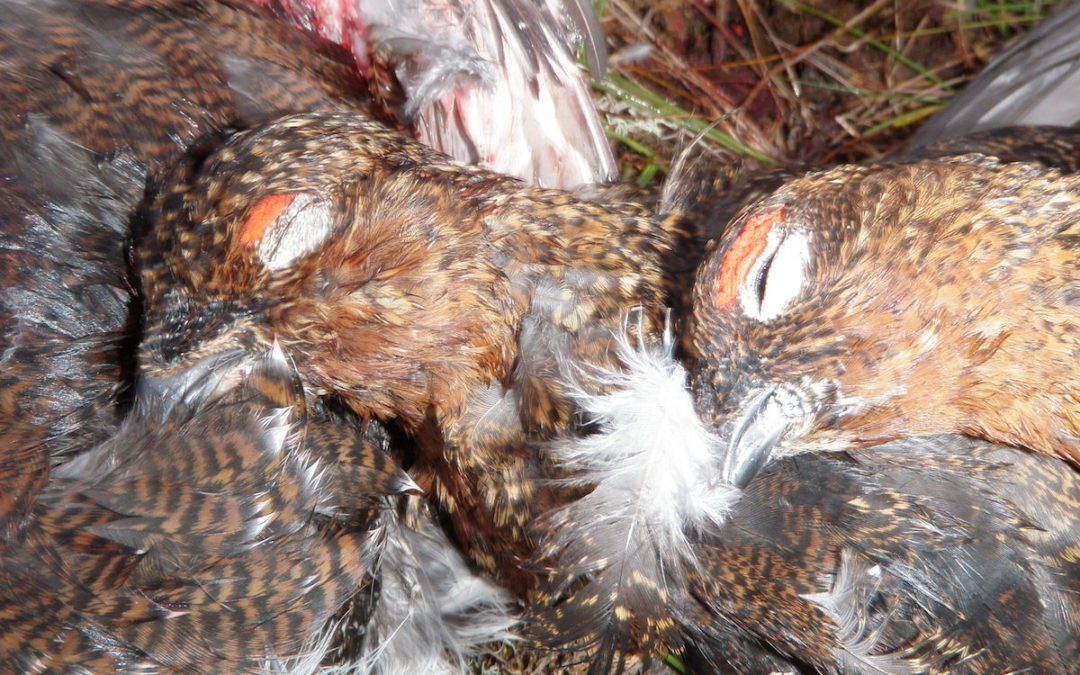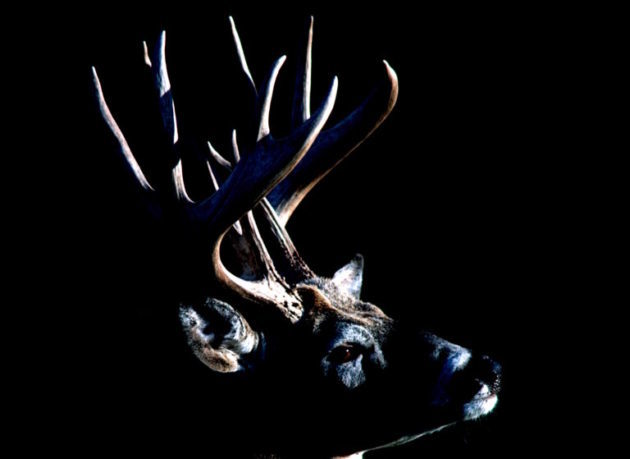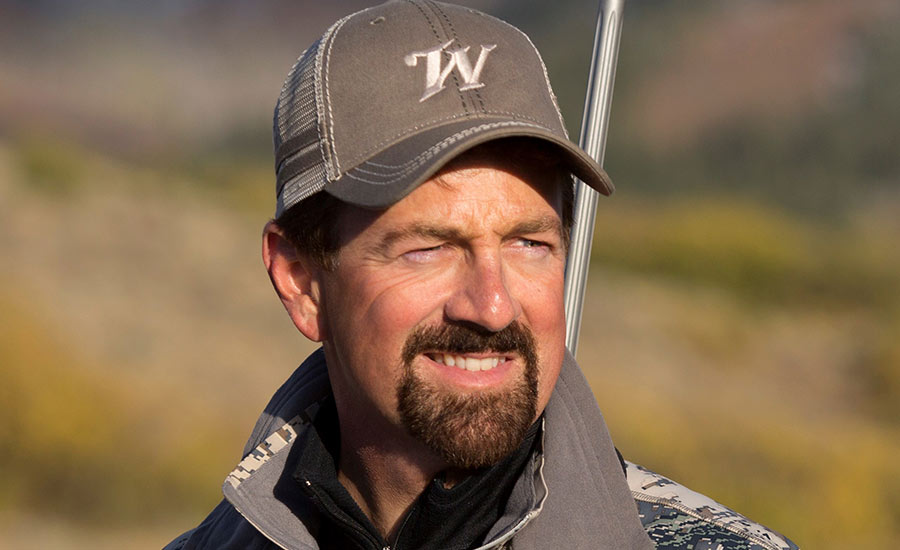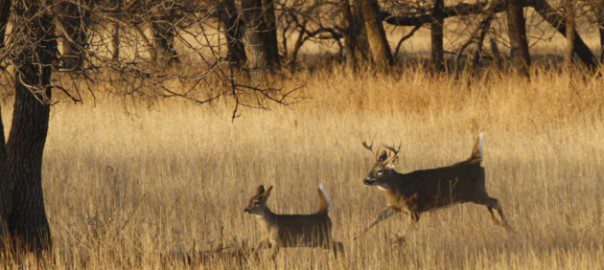We met on the morning of our first day of shooting. After breakfast I walked from the spacious rooms of Drynachan, Lord Cawdor’s hunting lodge, into its courtyard, barns and hedges. I was eager to absorb the sights and sounds of the estate’s preparations. Our small group of American shooters gradually grew into a mill of loaders, drivers, dogs, gamekeepers and estate staff. Land Rovers, ATVs and lorries filled the drive and courtyard. Cheerful Scots brogue mixed with New England twang and Southern drawl. Gunners met loaders and the mutual assessment began. Beaters and loaders had been recruited for the driven shoot from other estates and from town. Old friends met for the first time in weeks. It was a remarkable uproar, especially to Yankee ears.
Gordon caught sight of me in the hubbub, walked over and said, “You must be Mr. Robert Sohrweide.” And he got the pronunciation right! “I am Gordon, your loader.”
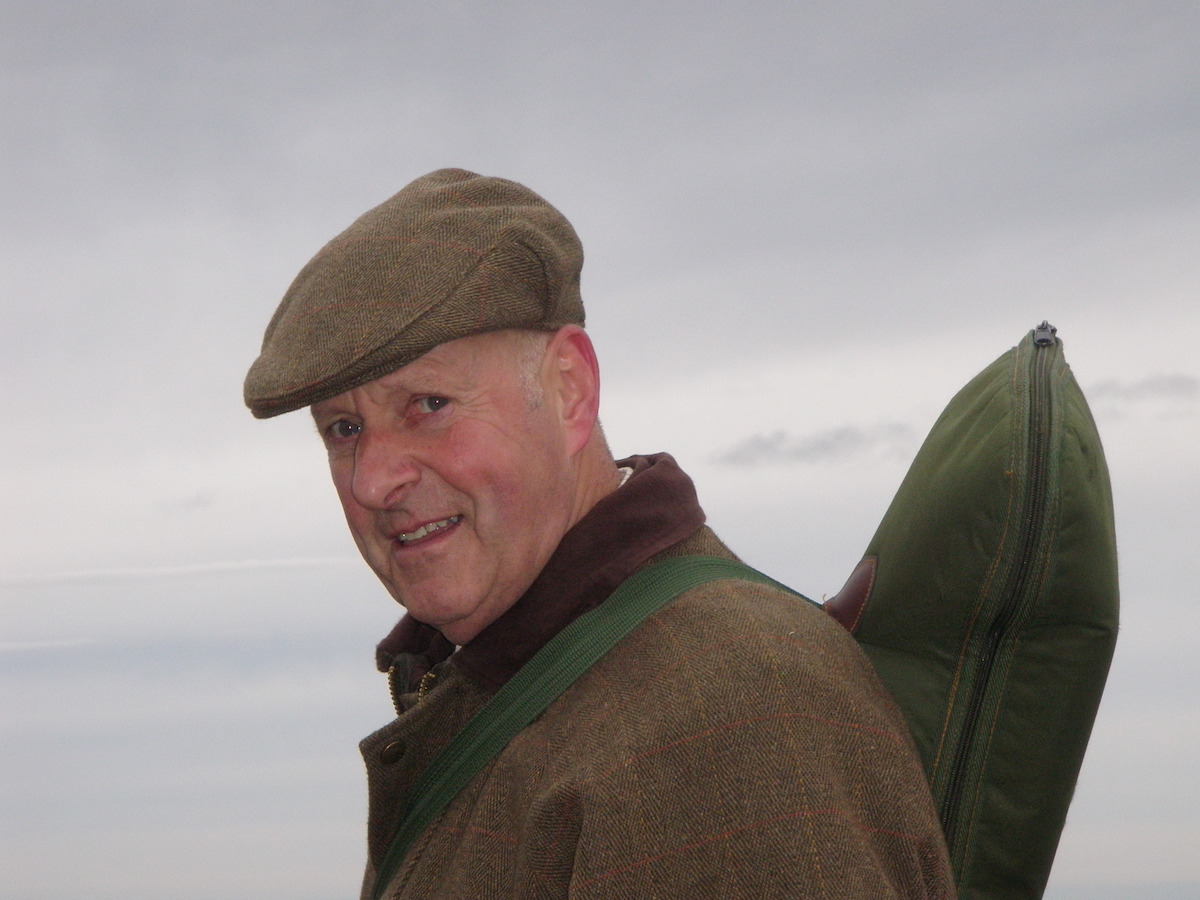
Gordon
“Call me Bob.”
“All right, sir, but do not call me Gordo.” A slight smile appeared on his face.
I laughed out loud. It was a promising beginning, but Gordon did continue calling me “Sir” throughout our time together. A “Bob” was rare and happened only when we were cleaning the guns in the gunroom after the day’s shooting was done.
After picking up the empty shells at the end of the first drive, Gordon selected a male bird that I had shot, one fully feathered and beautifully colored, and brought it to me. We admired it, and then Gordon dipped his finger in a bloody spot on its breast and smeared some blood on my face.
“Now,” he said, “you have been blooded. It is our tradition to blood hunters with one of their first birds.”
As we approached the Land Rovers and were joined by my fellow shooters, I saw that they, too, had been blooded. Proud, we were, to honor the birds and to wear the red grouse’s colors.
Our Land Rovers then carried us several miles through the muted purple heather to our next drive. It was a several hundred yard walk from the two track to our line of butts. We had rotated up two positions in our shooting placement, so Gordon and I were in butt number three with Amos on my left and Bill on my right. Jim had disappeared over a rise.
I watched Gordon uncase my shotgun and check the shells in his leather bag. My 16-gauge rested on the heather in front of the butt, open and ready for English #5 lead shotshells. I looked around and saw that my companions had disappeared into the natural camouflage of their butts. Only heads and a bit of shoulder were above the heather. Gordon put up the wooden safety blocks – the ones that would protect their heads from my #5s.
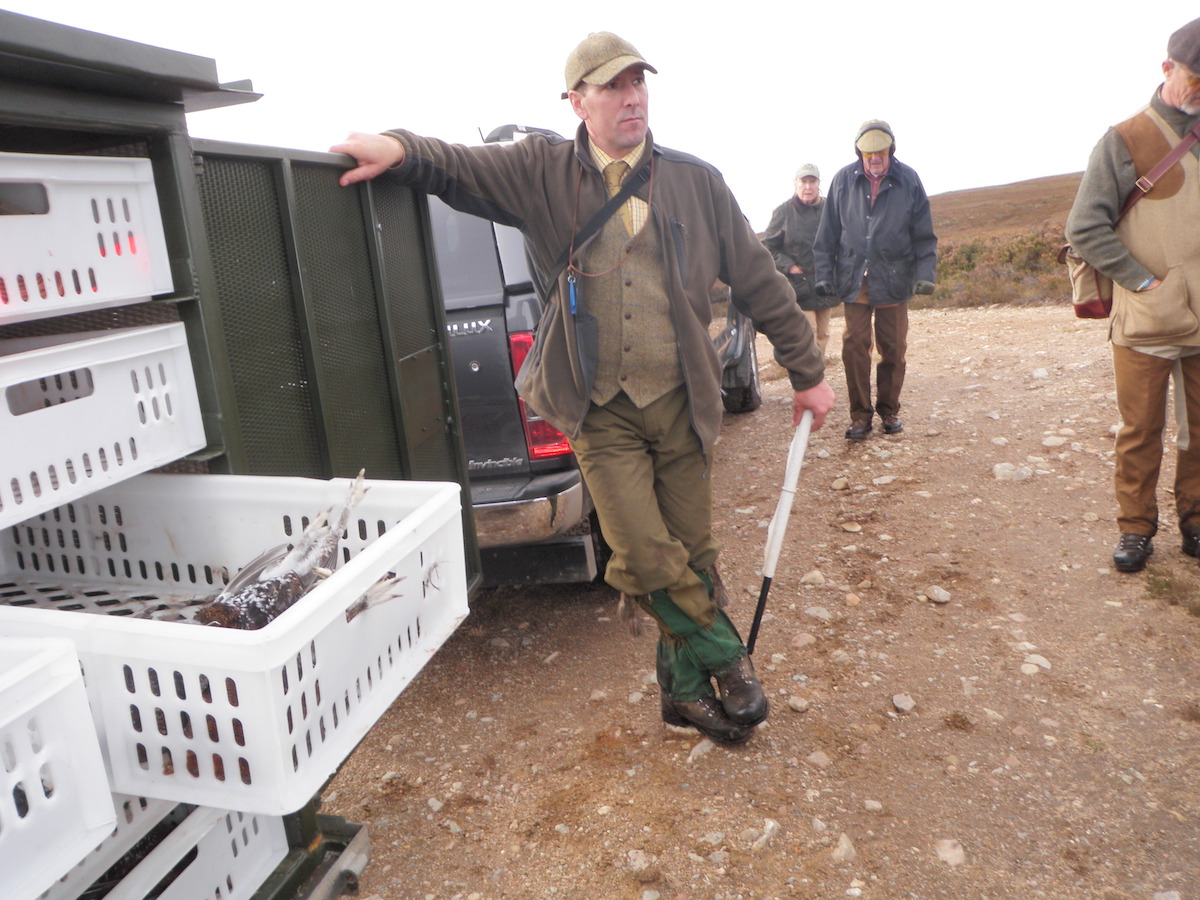
“Your party is the only one hunting driven grouse this month,” Gordon said. “The gamekeepers of the estate have informed Lord Cawdor that sufficient grouse have been taken.” He explained that today would be the estate’s last wild bird drive. For the rest of the season, the drives would be on pheasant and Spanish partridge that the keepers had raised and released weeks ago – “strong high fliers” and tough targets. The Cawdor estate would rest the red grouse in the highland moors and only drive the lowlands.
I started to ask about the high flying Spanish partridge – the bird our party were going to hunt for two days after we finished our red grouse experience – when Gordon put two shells in my gun, passed it to me and said, “Get ready, Sir. They will be flying shortly. Remember the last drive. They’ll be low and fast with the wind behind them. Pick one bird and be ready to use the second barrel. And a bit more lead, sir. Shoot in front.”
And there it was: a polite evaluation of my shooting skills. With advice. In the heat of the moment, would I be able to take it?
Our second drive started slowly. I heard two shots on my right, the quick bang/bang that signaled behind/behind on a single bird. Then I heard a shot on my left, and I saw a bird pinwheeling through the air to land in front of Amos’ butt.
I yelled, “Nice shot, Amos.” Then I turned my attention to a little russet bullet that had crested the ridge and was hurtling toward me. I brought up my gun and as I shot, he crumbled into a twisting mass of feathers and carried by his speed hit the ground twenty feet behind me. And bounced. Those birds were fast.
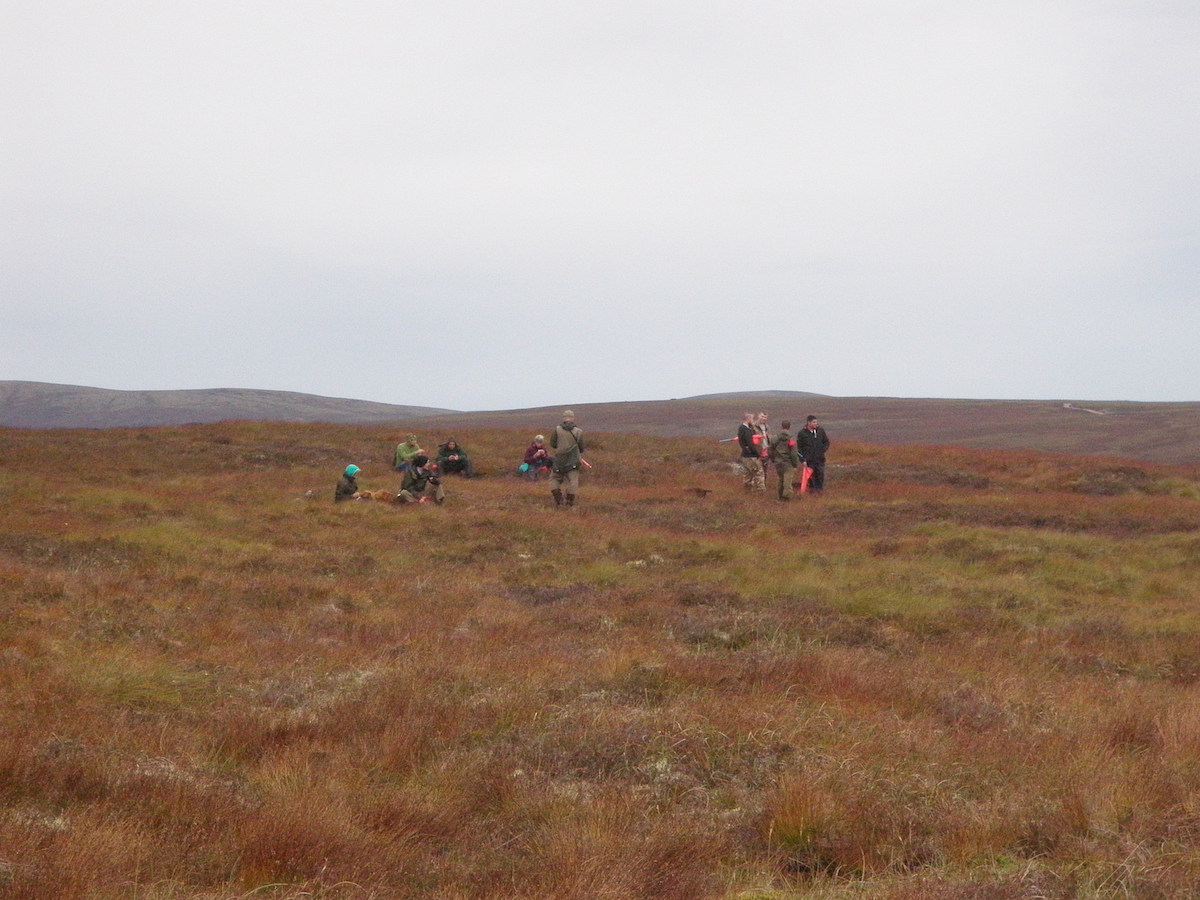
“Good shot, Sir,” Gordon approved. “That is precisely how you take them. Get on them thirty-five yards out and shoot. They’ll fly into the shot stream if you lead them well. The groups will come soon. Focus on one bird and kill it.”
That method worked. A few of my flocks got through unscathed; I was still learning the fine art of driven shooting. But many groups left a bird on the moor with his feathers floating in the air behind him. Focus on one bird. One flock, hit one bird. Don’t think about a double. Just hit one.
“One flock, one bird,” I said aloud and watched Gordon smile and nod in approval. That became my mantra for the rest of the day. “One flock, one bird.” It worked. There were dead birds in the heather around me. It worked.
The hunters and gunning staff met where the Rovers and lorries were parked for “elevenses.” Back hatches opened, coolers and thermoses appeared. We drank Cokes, water, coffee and tea. Soup and small goodies were passed around. Talk of birds down and retrieves made, shots that had hit and missed, guns fired and the skill of the loaders; grins of pleasure and of chagrin. The dogs were part of the mix – Labs, springers and cockers. I gave a cocker part of my small meat pie and noticed a fishing fly attached to his handler’s hat.
“That’s a salmon wet fly,” I said through a swallow of meat pie. “One of the old classics.”
“Yes, Sir. I tie the old-time traditional Atlantic salmon flies of our fishing ancestors. I mount and frame them. They are sold through a shop in Inverness. I guide for salmon also in our local waters.”
“Local waters?” I asked.
“The River Findhorn on Lord Cawdor’s property is good Atlantic salmon water. The season ended just a week ago.”
“How did your season go?”
“The usual, Sir. The water was high. The water was low. You should have been here last week. And my clients caught a few salmon.” We laughed together, fellow salmon fishermen.
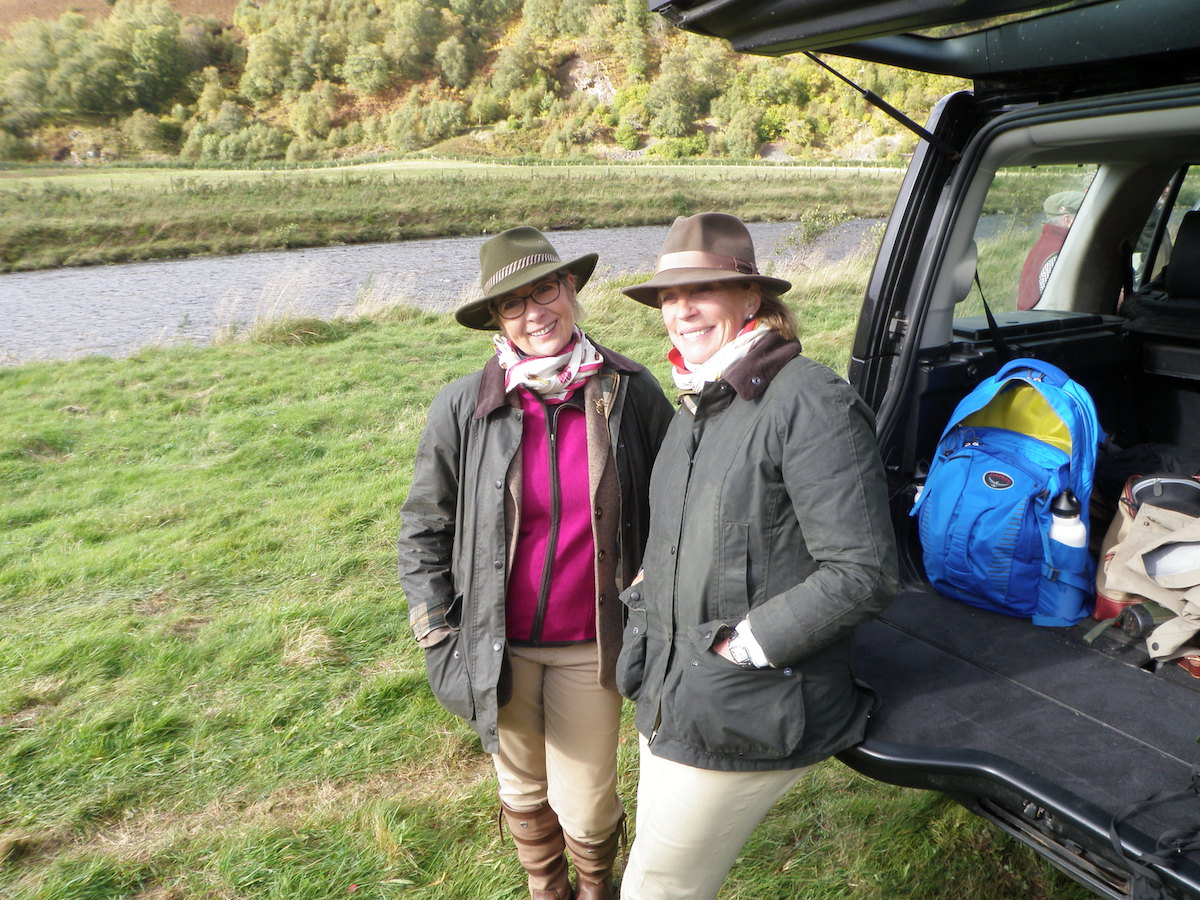
We departed for the next drive, Land Rovers with gunners and loaders aboard, lorries and more Rovers with dogs and drivers. A twenty-minute journey along the two tracks and finally up a ridge, a short walk to the top where we found our butts and a grand view.
“You will be able to see them flying in the distance, Sir,” Gordon said. “Don’t get distracted by the large flocks and the following birds. You will also see the drivers with their blaze orange flags well behind the flying birds. They will be at a safe distance until the horn blows.
“Pick out one bird at forty yards and stay with him. I shall reload and you may try for a follower. We gun this drive after a few others because seeing the birds come at you from afar causes even experienced gunners to make mistakes.”
And yes, I did make mistakes. Seeing those birds come at you from “afar” does raise the stakes – and the adrenalin. Many of the flocks rose, flew, settled again in the heather, then rose and flew again. Finally, the hard-flying bullets got to our line of gunners. Most flew on, but some were left on the moor. I was shooting from a butt in the middle of our line and had a fine view of all the action. Hurtling birds, quick shots, fast reloads, guns up and ready for the next flight.
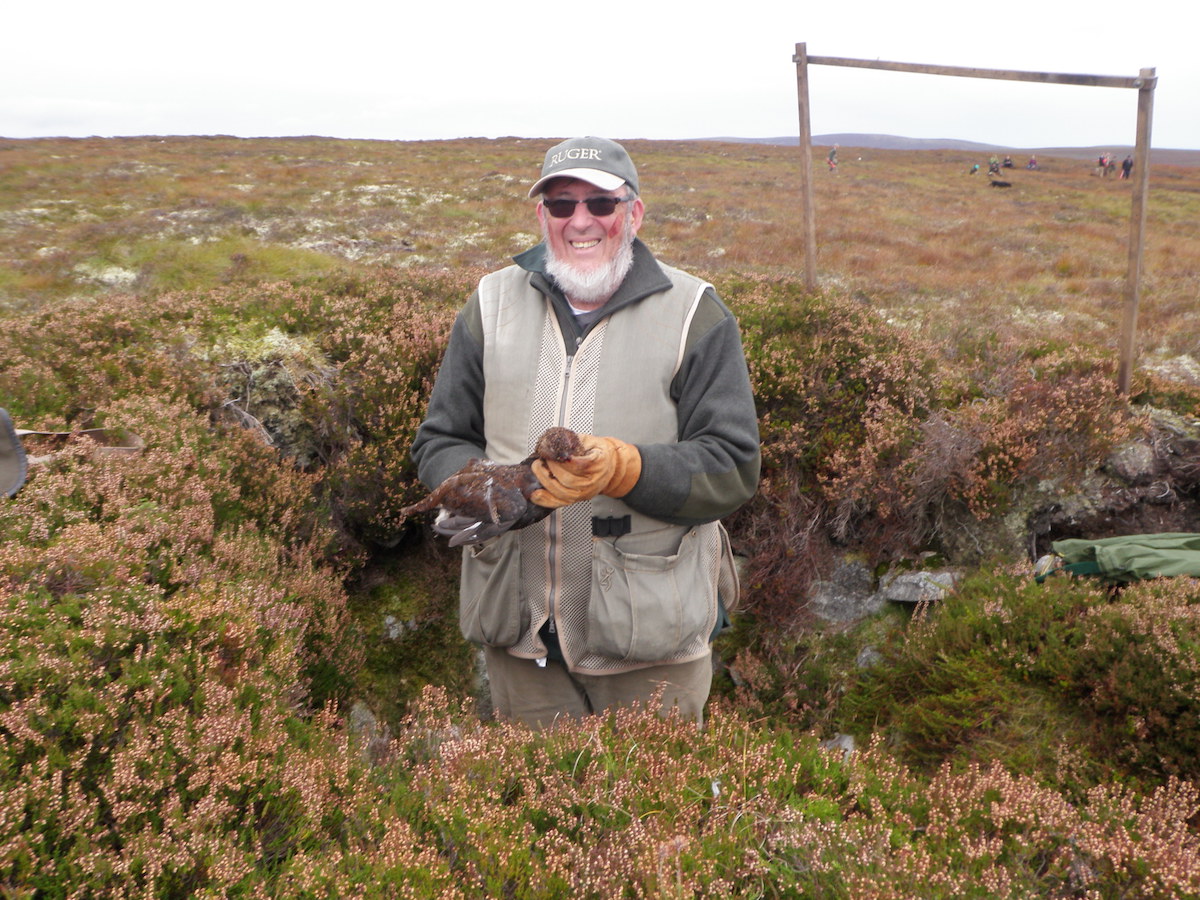
“A pair a bit to the left,” Gordon said. One bird, focus on one bird, I thought. The gun seemed to go off by itself and down came a bird.
“Get ready, another group crossing in front.” I fired both barrels. “There is a single, sir.” Bang. “Nice shot,” Gordon said.
“That is the horn. Turn and face the rear for going away birds.”
No birds flew my way after I turned. I did hear some shots to my left and right. Then I heard the flapping of the drivers’ big orange flags. Another horn.
“That is the finish, Sir. Nice shooting.”
And fast shooting, too. Gordon and I picked up my empty shells. I watched the dogs and their handlers find my birds. I started to breathe normally.
“Lunch now, Sir.”
Drynachan’s cook served us lunch in a roofed, boxy, comfortable shanty. When we arrived, the food was ready and a fire was crackling in the fireplace. Eagerly we shooters and our host, Vernon Waters, sat down. Cheese, hot soup, sandwiches, cuts of beef and ham, buns, butter, jam, salad, fruit and cake. We tucked it all in. With enthusiasm. Then we joined the beaters and loaders outside and loafed for an hour. The leisurely talk was of birds, dogs, guns and where we were going next. I stretched out in the shotgun seat of a Rover and napped for twenty minutes. Life was good.

